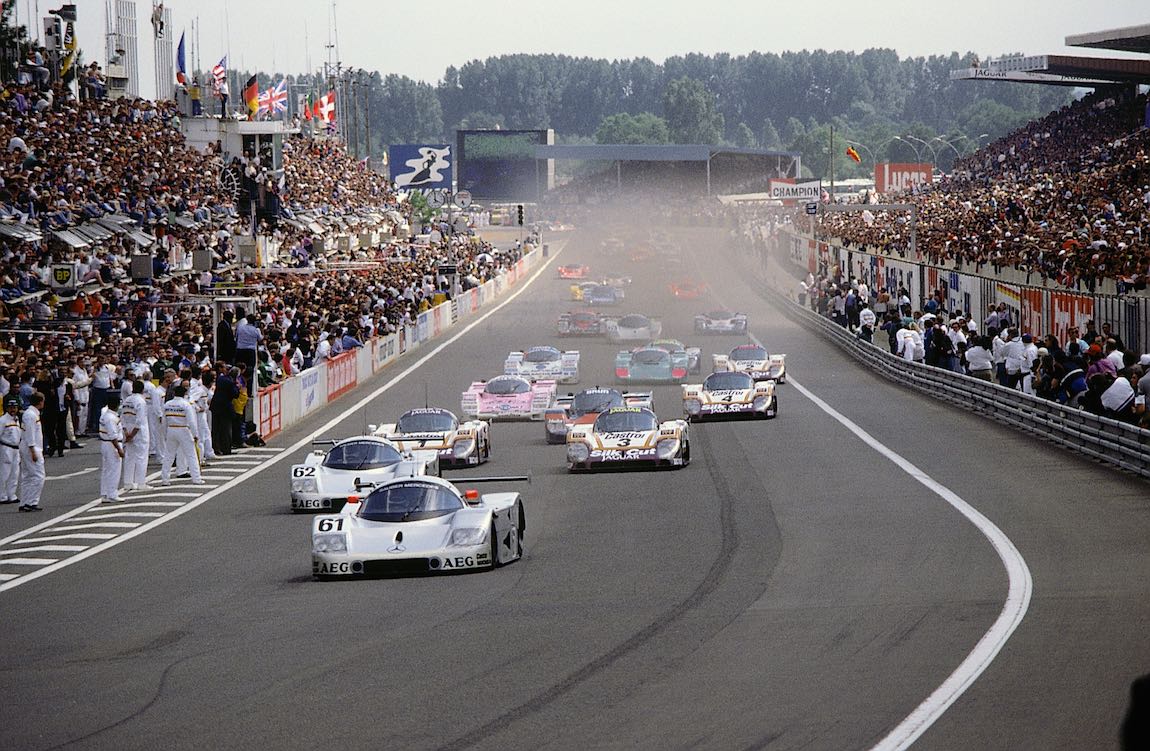Thirty years ago, Mercedes-Benz achieved a double victory in 1989 with the new Sauber-Mercedes C 9 Silver Arrows. A third Mercedes-Benz car finished in 5th place. This result makes the race a highlight of the anniversary year for “125 Years of Mercedes-Benz Motorsports”, which is being celebrated throughout 2019.
How can one possibly translate the thrilling 24 Hours of Le Mans on 10 and 11 June 1989 into easily grasped data? For example, with ten numbers between 1 and 5,265.115: Sauber-Mercedes C 9 Silver Arrows crossed the finishing line in 1st, 2nd and 5th places. They were among the 19 sports car prototypes that finished the race after 24 hours – while a total of 55 cars originally took part in the race. The Mercedes-Benz winning team completed exactly 389 laps at an average speed of 219.990 km/h – covering a total of 5,265.115 kilometres.
No Subscription? You’re missing out
Get immediate ad-free access to all our premium content.
Get Started



